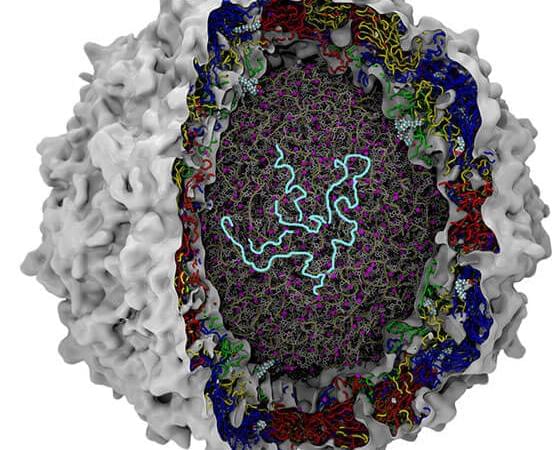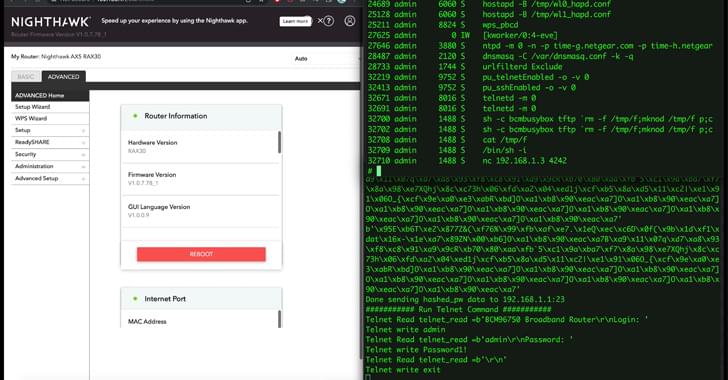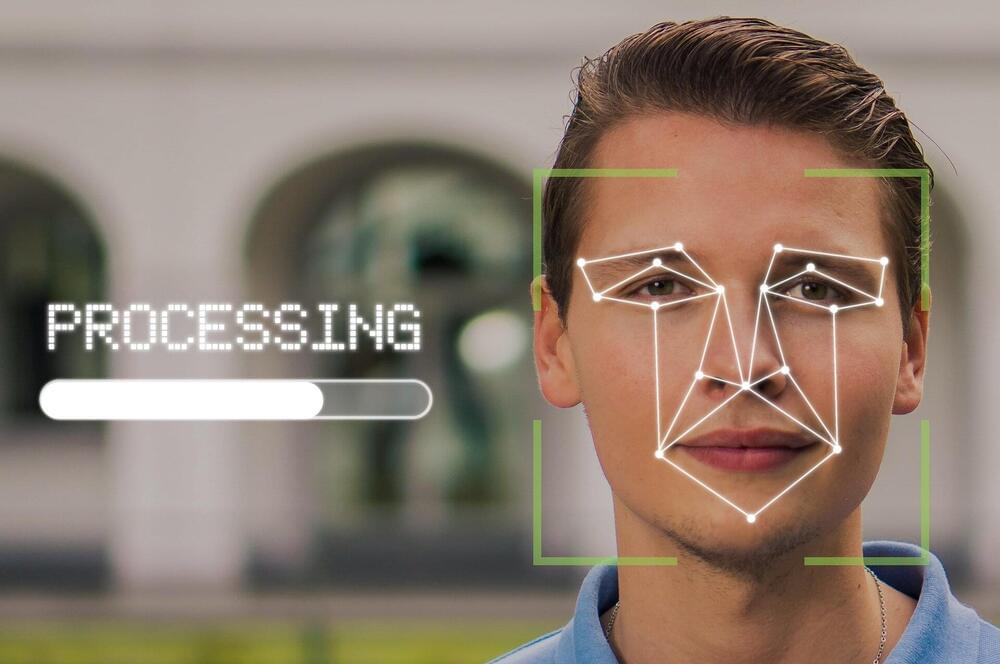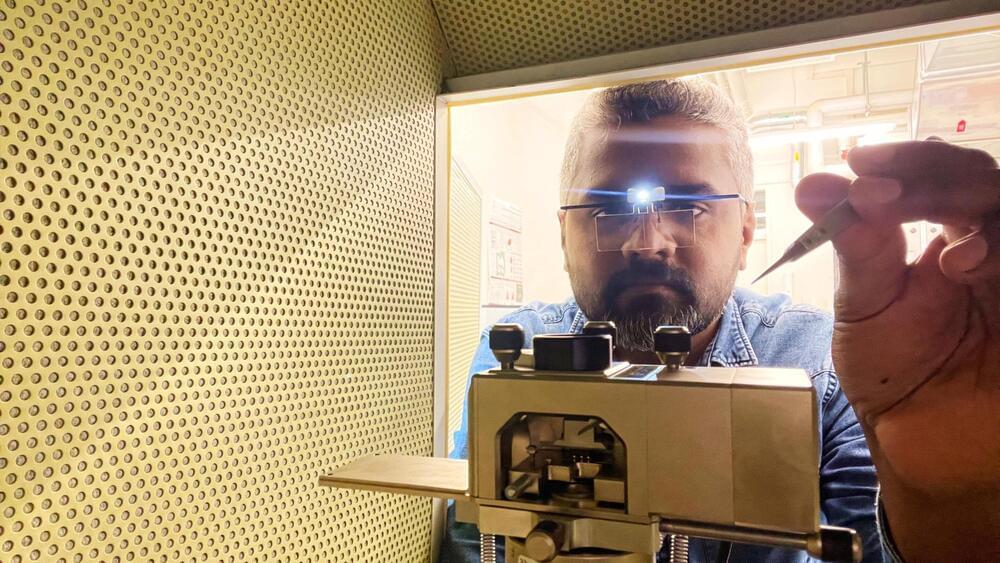Thanks to advances in artificial intelligence (AI) chatbots and warnings by prominent AI researchers that we need to pause AI research lest it destroys society, people have been talking a little more about the ethics of artificial intelligence lately.
The topic is not new: Since people first imagined robots, some have tried to come up with ways of stopping them from seeking out the last remains of humanity hiding in a big field of skulls. Perhaps the most famous example of thinking about how to constrain technology so that it doesn’t destroy humanity comes from fiction: Isaac Asimov’s Laws of Robotics.
The laws, explored in Asimov’s works such as the short story Runaround and I, Robot, are incorporated into all AI as a safety feature in the works of fiction. They are not, as some on the Internet appear to believe, real laws, nor is there currently a way to implement such laws.






